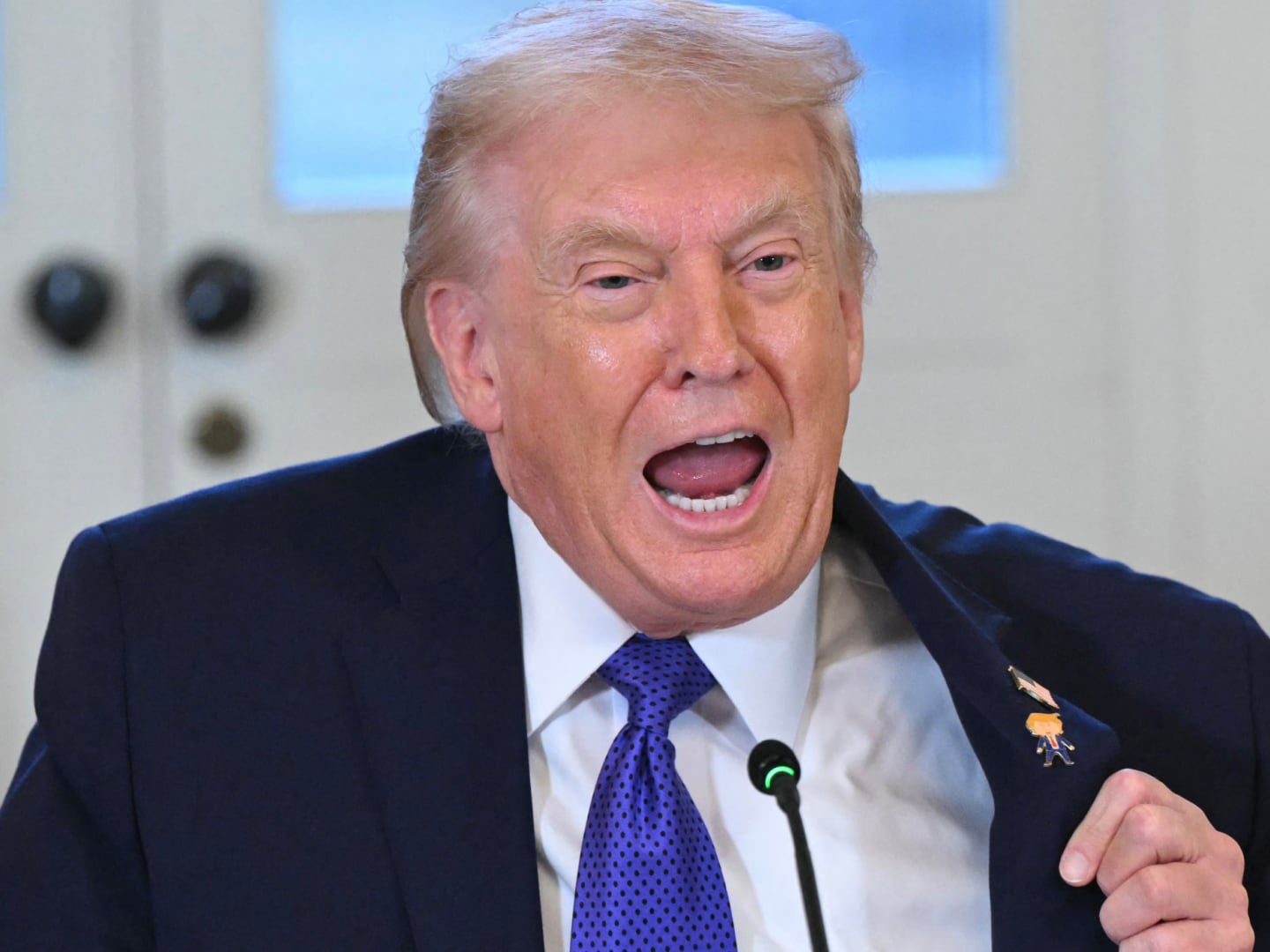The federal government is actively fueling a killer drug epidemic behind closed doors.
The Drug Enforcement Administration—tasked with fighting the war on drugs—has for the past two decades approved ever-greater quantities of controlled substances like oxycodone for manufacture and sale in the U.S. by pharmaceutical companies.
In 1993, the DEA allowed pharmaceutical companies to manufacture 3,520 kilograms of oxycodone. In 2015, the DEA authorized production of 137,500 kilograms of oxycodone. That’s a 39-fold increase in 22 years, the equivalent of turning two Buicks into four Boeing 737s. Either Americans are in 39 times more pain than we were 20 years ago, or something else is wrong.


When I was researching my book, American Pain, about a young drug felon who hired a team of doctors and made millions selling oxycodone to addicts posing as pain patients, I dug up the staggering drug manufacturing numbers.
I learned that it isn’t just oxycodone production that the DEA has been jacking up each year. Between 1993 and 2015, the DEA has allowed the production of hydrocodone to increase 12-fold, the production of hydromorphone to increase 23-fold, and the production of fentanyl to increase 25-fold.
(While the DEA did reduce the oxy quota by 8 percent in 2015, possibly because fewer pill mills were around to sell the drugs, the DEA recently announced a small increase in next year’s quota.)
The secret process appears to be less hard bargaining and more rubber-stamping. Each pharmaceutical company applies to make a certain amount of a given controlled substance each year, but the DEA won’t reveal those numbers to the public. The companies and the DEA have negotiation meetings, the content of which is also not made public. The DEA then sets quotas based on “expected need.” The only information the DEA reveals each year is the total amounts requested by the entire industry and the total amounts the DEA is allowing them to produce. The DEA says it would be unfair to the pharmaceutical companies to reveal how many pills the individual companies wanted to manufacture.
These are the same pharmaceutical companies that in the mid-1990s began marketing opioids as safe, i.e., little to no potential for abuse, contradicting thousands of years of human experience with the opium poppy. They’re the same companies that launched massive campaigns to convince doctors that highly addictive narcotics were a first resort for patients with chronic pain.
Since 1999 there have been more than 221,000 fatal overdoses from prescription opiods and illegal heroin. Despite this grim toll, no one in the federal government seems interested in simply reducing the supply. Instead, the DEA and its partners in government have supported policies only if they do not step on Big Pharma’s production, like arresting doctors who prescribe pills for no good reason and funding drug-treatment programs.
Only one time this century, when the country was first becoming aware of OxyContin abuse, was there talk about choking off the drug supply.
In 2001, the DEA asked Purdue Pharma, the maker of OxyContin, to consider providing the drug only to physicians trained in pain management. Purdue balked and Donnie R. Marshall, the then-DEA administrator, told Congress he was considering “rolling back those quotas to 1996 levels.” The pain industry said this would make drug prices skyrocket and pain patients suffer. Purdue didn’t budge, and the quota-cut idea vanished when new administrators came in.
Instead, the DEA has gone after bit players instead of Big Pharma. When hundreds of pill mills popped up in Florida after 2008, the DEA and other federal agencies cracked down hard, sending many owners and doctors away for long prison sentences.
That drove up pill prices, and millions of newly minted painkiller addicts began seeking their fixes from heroin. Painkiller production and deaths have leveled off for the moment, but fatal heroin overdoses have quadrupled, driving home the point that, whether the drugs come from the street or a pharmacy, the opioid epidemic is far from over.
The DEA was created in 1973 by President Nixon to fight an “all-out global war on the drug menace.” Soon after it actually did that with success. When speed was popular in the ’70s, the DEA cut the amphetamine production quota by 90 percent and the illicit market dried up. A decade later, sedative-hypnotics like Quaaludes swept across the country, and the DEA cut the quota of the methaqualone by 74 percent, which effectively erased the problem.
Now, prescription opioids are killing far more people than speed or sedatives ever did, but the government has signed off on enormous hikes in the drug supply almost every year.
The idea of making more drugs during a drug epidemic baffled previous DEA administrators like the late Gene Haislip, former head of the DEA’s Office of Diversion Control. Haislip was in charge during the Quaalude crackdown. It hadn’t been easy to buck the powerful pharmaceutical industry, but, as he told a reporter shortly before his death: “You’ve got to have some kind of principles.”
Nobody is suggesting we do away with opioids altogether: They are a godsend for patients suffering from cancer or traumatic injuries. At the very least though, the DEA could use its quota power to force drug companies to make sure their addictive wares aren’t heading to the street. It’s a potent warning: Sell drugs to pill mills and we’ll cut your company’s quota in half.
Even the drug manufacturers who have ignored deaths, lawsuits, and fines might heed that threat.
John Temple is an associate professor of journalism at West Virginia University and the author of American Pain: How a Young Felon and His Team of Doctors Unleashed America’s Deadliest Drug Epidemic (Lyons Press, September 2015). Parts of this column were adapted from American Pain.






